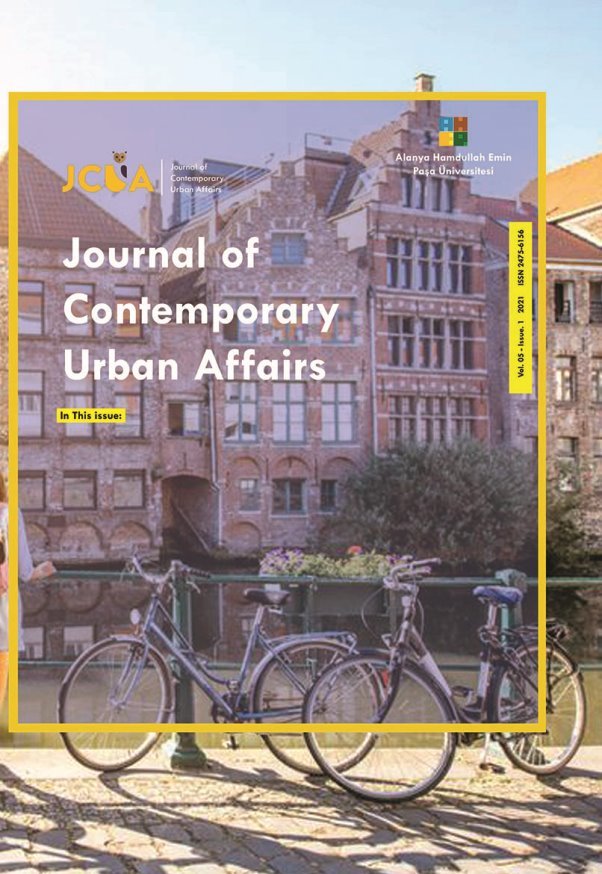
Journal Of Contemporary Urban Affairs
Yazarlar: Ruba Azzam, Karim Kesseiba, Ahmed AbdelGhaffar, Mennat-Allah El-Husseiny
Konular:-
DOI:10.25034/ijcua.2021.v5n2-1
Anahtar Kelimeler:Street Children,Drop-in centers,Child-Rehabilitation centers,Architecture for Humanitarian Emergencies,Child-Friendly Spaces (CFS).
Özet: For decades, numerous countries have been witnessing the Street Children phenomenon where millions of children worldwide are subjected to risks. Despite the crucial role of intermediate non-residential interventions - using drop-in centers- in protecting and rehabilitating street children, there is a paucity of research addressing the quality of design of these centers and how architecture might influence their operational process. Those observations invite investigating drop-in centers used in practice from a design perspective and question adapting architectural applications for humanitarian emergencies, focusing on “Child-Friendly Spaces”. The study aims to provide solutions for better quality design, facilitating operational challenges. The methodology undertakes the investigation through primary and secondary axes. This involves conducting literature and international precedents review and secondarily, an Egyptian contextual first-hand documentation and qualitative analysis of selected centers.